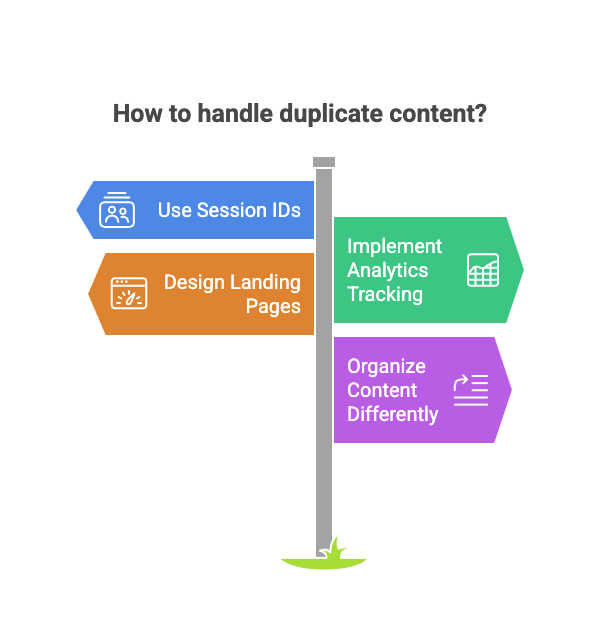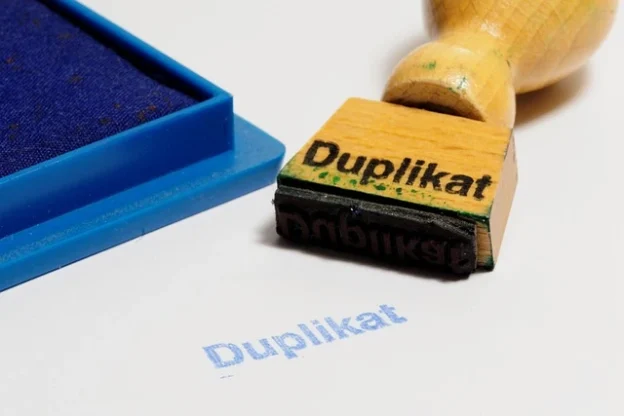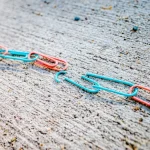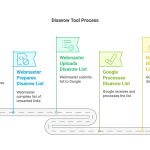Duplicate content is a problem for search engines, and that makes it a problem for SEOs. Google strongly dislikes including the same content more than once in search results, and if content exists in more than one place on a site, search engine algorithms have trouble determining which version they should include or exclude.
They also have difficulty knowing where to assign link juice and authority. This confusion can lead to sites experiencing a loss of traffic and reduced SERP rankings. Therefore, the “rel=canonical” element intends to help search engines. It does this by telling them which page is “the page” for specific content.
Search engine crawlers can create duplicate content in a couple of ways. First, sites might have the same content on different pages. Second, they might have different links. However, these links point to the same content. Consequently, both situations appear the same to search engine crawlers.
First Minimize Duplicate Content
The obvious solution is to remove all duplicate content. Another option is to avoid putting duplicates up in the first place. Indeed, site owners should design their sites to minimize duplicate content. Furthermore, developers can take a few steps. These steps will reduce the likelihood of duplicate content.
Use a CMS like WordPress
WordPress is fairly good at creating a link structure. This structure avoids multiple slightly different links pointing to the same content. However, for a large site, manually tracking URLs can be very difficult. You need to ensure that content is only addressed by one URL. Fortunately, a CMS will handle this for you automatically.
Keep Internal Links Consistent
Link to the same content in the same way as much as possible.
Use 301 Redirects
If duplicate content is unavoidable — we’ll discuss why this might be below — then the best way to deal with it is to use a permanent 301 redirect of the duplicate to the original.

So Why Do We Need ‘rel=canonical’?
Sometimes, duplicate content cannot be avoided. Furthermore, 301 redirects are not always possible. Here are some situations where duplicate content may arise unavoidably:
- URLs with session IDs, Analytics tracking codes and other URL parameters will result in divergent links pointing to the same content.
- Landing pages for specific incoming links.
- Pages which are designed to present the same information organized in different ways: product listings sorted alphabetically and by price, for example.
In these cases, the “rel=canonical” element comes into play. For example, suppose you run a florist’s website. Florists sell different bouquets of roses: a single rose, a dozen roses, two dozen roses, etc. Apart from the number of roses and the price, the pages are going to be largely identical. Let’s say that the classic single rose will be the canonical page at
www.thornyproblem.com/rose
And the others will be at
www.thornyproblem.com/rose?quantity=12
www.thornyproblem.com/rose?quantity=24
In the <head> section of each of the non-canonical pages, we add a link to the canonical page:
<link rel=”canonical” href=”www.thornyproblem.com/rose”/>
And now Google knows which of the pages to consider authoritative. Google is not obligated to pay attention to canonical links, but it does use it as a very strong signal when determining which page to give priority to. Just in case you are tempted to be naughty with “rel=canonical”, keep in mind that Google don’t acknowledge cross-domain canonicalization.




